Everything You Need to Know About Moving with Birds
Alright, so the bags have been packed, the keys dropped off, and the gas tank is full. Finally, it’s time to move with birds!
Here are some ways to safely travel with a pet bird during a move. Birds make beautiful, smart, and highly intelligent pets. Of course, when it comes time to move to a new home, you plan to bring your feathered family member along for the ride.
Travelling with birds doesn’t have to be difficult or “ruffle any feathers,” so to speak!
Let’s learn all about how to move with a bird. Our moving experts are here with tips and tricks to help make traveling with a pet bird a breeze. From budgies and finches to canaries and parrots, our guide has the answers.
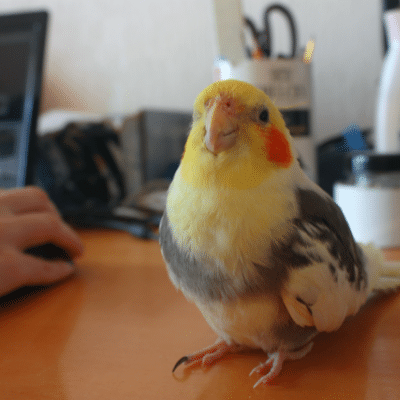
Moving with Your Bird? Here's How to Prepare
Unfortunately, birds are notorious for being territorial. Taking a pet bird out of their normal environment – even for a couple of hours – is likely to cause them mild to moderate stress. Pets That Travel points out that even a short trip (like a visit to the veterinarian) can be highly stressful on your little bird…never mind a longer road trip to a new house.
So, it becomes doubly important to prepare to move with birds a few days to weeks in advance.
Got a New Travel Cage? Let Your Bird Explore
First, start by practicing loading and unloading. Hopefully, all pet owners know just how dangerous it would be to have a bird perched or flying freely in a car.
Never travel with a bird who is outside of their cage! Instead, train your pet bird to calmly enter their travel accommodations on their own. Let them get familiar. This will reduce their surprise when the big moving day finally arrives.

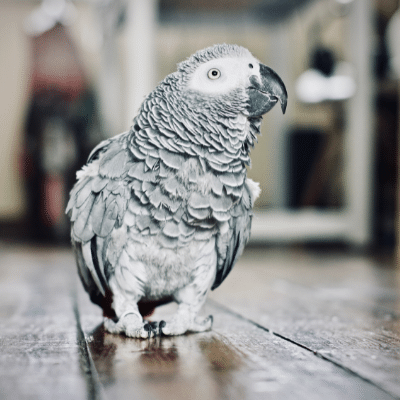
Minimize Commotion when Moving Birds
Next, try to reduce the noise and chaos of packing boxes, moving furniture, loading up the vehicle, etc. Remember, birds are sensitive to loud sounds. If possible, relocate your bird to a quiet room until it’s time to go.
Talk to Your Bird’s Veterinarian
Lastly, discuss the upcoming move with your vet. This serves a few purposes. For one thing, you will want your veterinarian to give your bird a clean bill of health before undertaking any travel. If flying by air or crossing borders, paperwork may also be required.
Your vet knows your bird best…so utilize their expertise! They might even be able to recommend digestion and immunity supplements to help with the move.


Invest in a Quality Travel Cage
Whether your trip lasts 15 minutes or 3 hours, it’s essential that all birds be kept inside a cage or carrier. An appropriate one will be big enough for your pet to move around in, but not enormous. The goal is for them to have enough space to stretch their wings.
Be sure it has a perch, too. Ideally, this will be installed near the bottom of the cage. That way, if the bird stumbles and falls, they won’t get hurt.
Remove Ropes, Ladders, Toys, and Swings to have a Safer Move
Sure, we want our birds to have fun! But travelling is not the time to do so. Objects can loosen from bumps in the road or slip around as the car drives. In a worst-case scenario, this could end up injuring your bird.
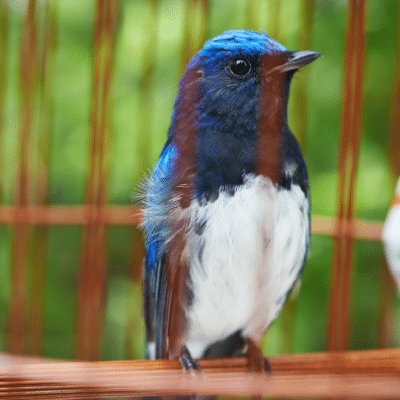
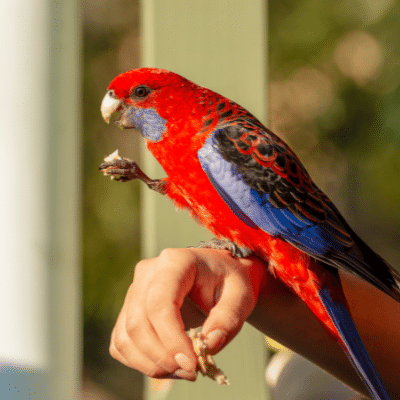
Provide Juicy Fruits to Snack On
Apple slices, strawberries, grapes, mango…whatever fruits your pet bird enjoys, add one to their carrier. Since they’re full of water, fruit will keep your feathered pal hydrated. The Spruce Pets has a great list of bird-safe fruits.
Not Too Hot, Not Too Cold…Watch the Temperature
Most tropical birds prefer being a little warm. But in a car, regulating temperature is tricky. This is especially true during blistering hot summers and freezing cold winters. Turn on the heat/AC when traveling.
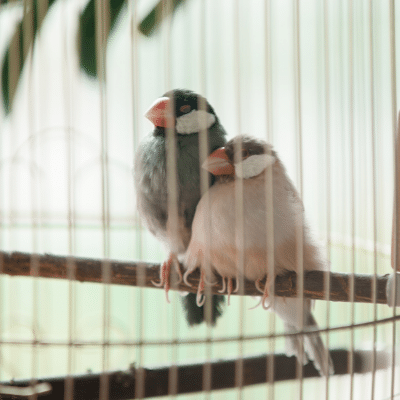
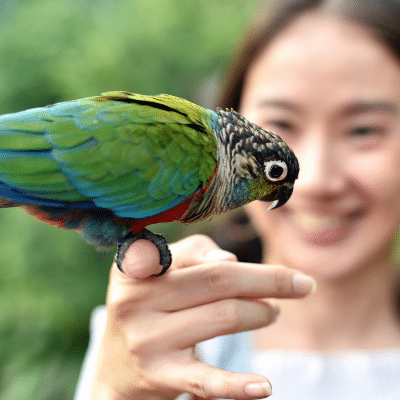
Monitor Your Bird Regularly
Lastly, keep a careful eye on your pet as you move with birds. Are they acting stressed? What noises are they making? Do they need a break? For longer trips, keep in mind that many motels/hotels have pet policies that accommodate birds. If you need to stop, it’s best to do so.
Bonus Tip! Flying with a Bird
If flying, always book a nonstop flight. This reduces the length of time your bird is in the pet cargo hold and lessens the likelihood of accidents or mix-ups at the airport from occurring.
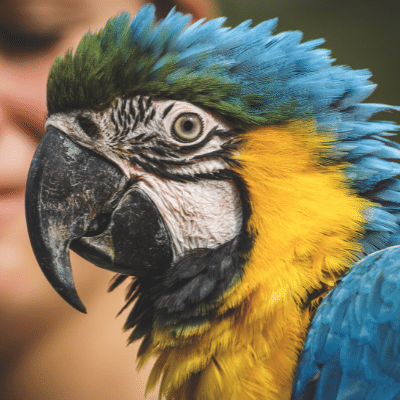
There you have it – are you ready to start your move with birds?!
A guide to everything you need to know about traveling with birds, plus 5 helpful tips to make your next move successful. View our blog for more amazing moving tips!



